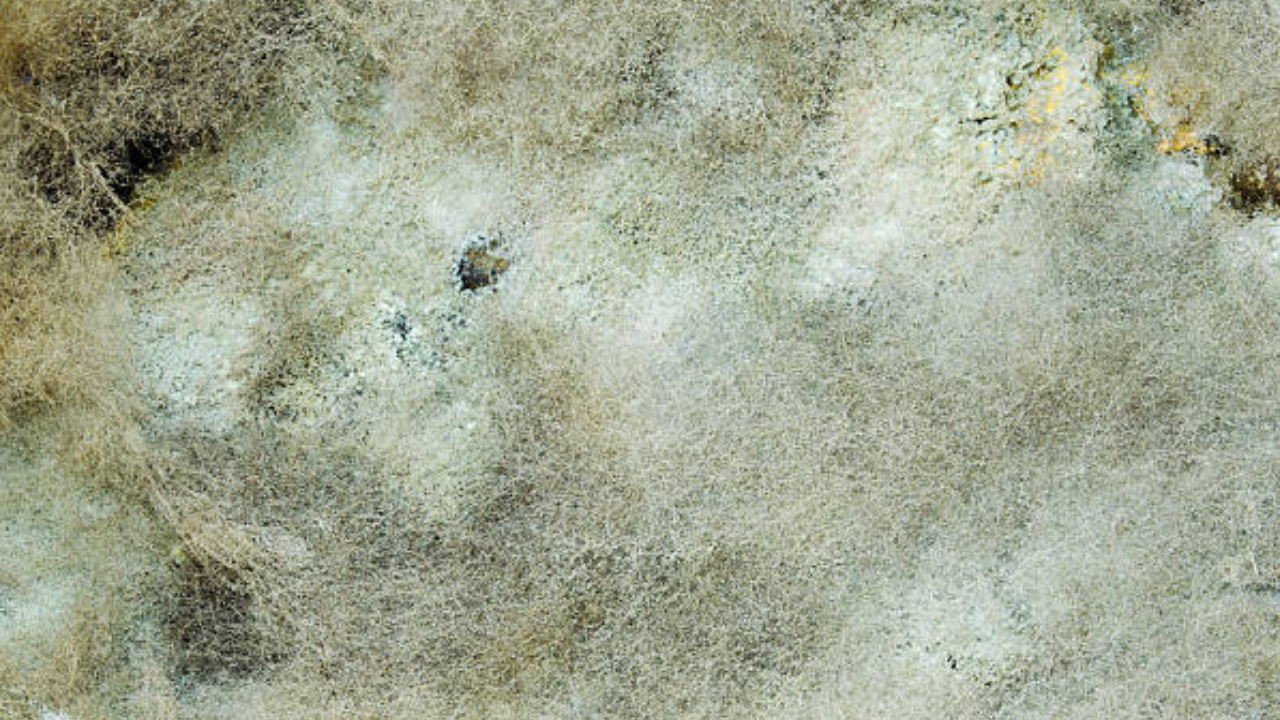Dealing with mold in your home becomes challenging as it looks the same as dirt or stains.
When left alone, mold can be a serious issue, disrupting the overall well-being of your family and close ones.
So, it is important to understand the difference between mold and dirt or stains to maintain a healthy living environment. This is especially useful info if you live in a humid state like New Jersey.
By knowing the key differences, you can then contact a mold inspector in New Jersey to handle the issue properly. So, here, we will dive into the key differences between mold and dirt or stains.
Visual Inspection
Mold
Mold typically appears as black, green, or white fuzzy spots. It can also be found in other colors such as blue, yellow, or pink, depending on the type of mold. Mold tends to grow in irregular patterns and can spread rapidly on porous surfaces like wood, drywall, and fabric.
Dirt or Stains
Dirt and stains, on the other hand, usually have more uniform shapes and colors. Dirt can appear as brown or black smudges or streaks, while stains may result from spills, wear, or environmental factors. Unlike mold, dirt, and stains do not have a fuzzy texture and do not spread over time.
Smell
Mold
One of the telltale signs of mold is its musty, earthy odor. This smell is caused by the release of microbial volatile organic compounds (MVOCs) as mold grows and decomposes. If you notice a persistent musty smell in your home, it could indicate hidden mold growth.
Dirt or Stains
Dirt and stains typically do not emit any odor unless they are caused by organic matter like food or beverages. In such cases, the smell would be different from the musty odor of mold and usually less persistent.
Moisture and Humidity
Mold
Mold requires moisture to grow. It often appears in areas with high humidity, leaks, or condensation. Common places to find mold include bathrooms, kitchens, basements, and around windows. If you have recently experienced water damage or notice persistent dampness, it increases the likelihood of mold presence.
Dirt or Stains
Dirt and stains can occur anywhere in the home, regardless of moisture levels. They are often the result of everyday activities, foot traffic, spills, or environmental pollutants. These do not need moisture to develop and can be easily cleaned with standard household cleaning products.
Health Symptoms
Mold
Exposure to mold can cause a range of health symptoms, especially in individuals with asthma, allergies, or compromised immune systems. Common symptoms include sneezing, coughing, eye irritation, skin rashes, and respiratory issues. If you or your family members experience these symptoms, particularly when at home, it might be due to mold exposure.
Dirt or Stains
Dirt and stains do not typically cause health issues unless they are from harmful substances. Regular dirt from soil or dust does not release spores or toxins like mold, so it is less likely to cause allergic reactions or respiratory problems.
Professional Assessment
If you are still unsure whether you are dealing with mold or dirt, it is best to contact a mold inspector. Professional mold inspectors use specialized tools and techniques to accurately identify mold and its source. They can provide a comprehensive mold inspection and testing, ensuring you get the right solution for your problem.
Prevention and Maintenance
Preventing Mold
To prevent mold growth, control the moisture levels in your home. Fix any leaks promptly, use dehumidifiers in damp areas, and ensure proper airflow in bathrooms and kitchens. Regularly clean and inspect areas prone to moisture to catch mold early.
Maintaining Cleanliness
Keep your home clean by regularly dusting, vacuuming, and mopping. Address spills and stains immediately to prevent them from setting. Use appropriate cleaning products for different surfaces to maintain a dirt-free environment.
Conclusion
Distinguishing between mold and dirt or stains is essential for maintaining a safe and healthy home environment. While mold poses significant health risks and thrives in moist conditions, dirt, and stains are typically harmless and easier to manage. Pay attention to visual clues, odors, and potential health symptoms to identify mold accurately. For reliable results, consult a professional mold inspector in New Jersey who can provide expert analysis and solutions. By understanding these differences and taking proactive steps, such as moisture control and regular cleaning, you can protect your home and loved ones from the hazards of mold.



